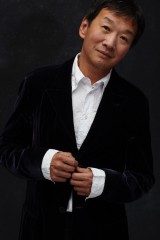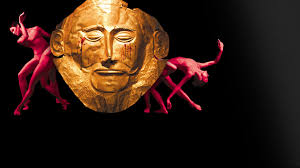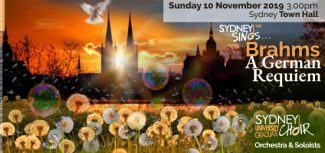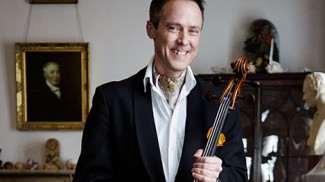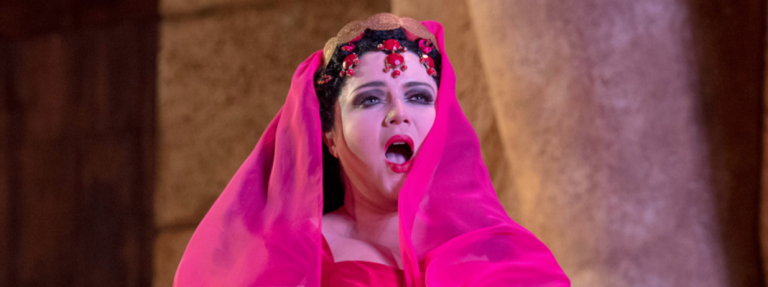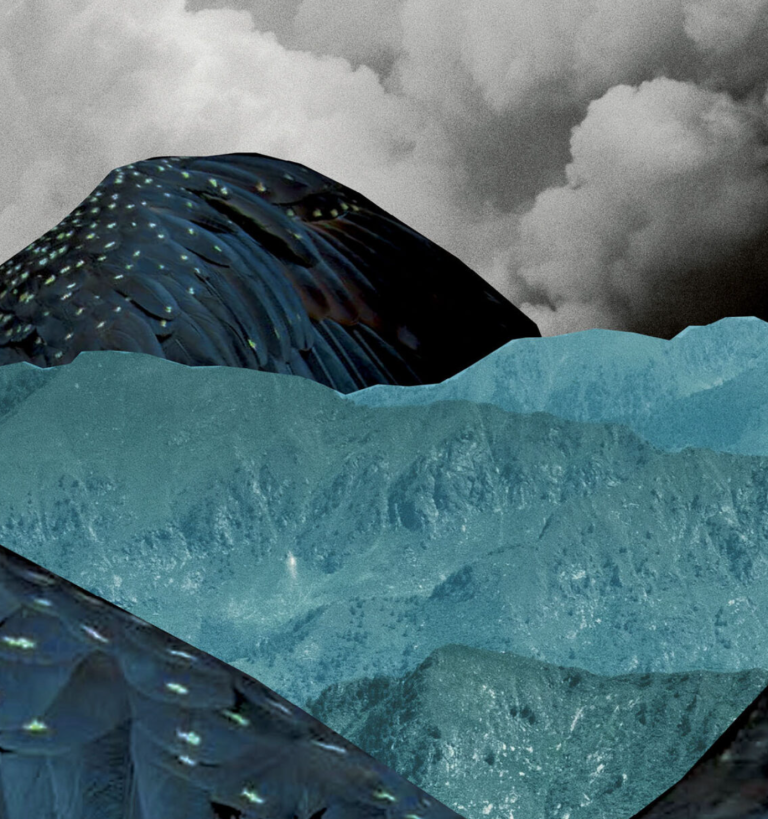Concert Review: Haydn’s Paris / The Australian Haydn Ensemble And Melvyn Tan
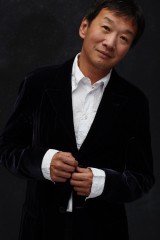
The Australian Haydn Ensemble:
Skye McIntosh (Artistic Director)
Melvyn Tan (Fortepiano)
1 July 2017, City Recital Hall, Angel Place
The Australian Haydn Ensemble’s (AHE) recent concert featured Melvyn Tan as the fortepiano soloist and took Paris as the common denominator of its program. Tan is a fortepiano pioneer of historically informed performances, and is noted for his recordings with Roger Norrington and the London Classical Players.
Tan took the solo spot in Mozart’s Keyboard Concerto no. 18, K456 which he also directed from the keyboard, adopting the historical practice of playing with the orchestra in their full tutti passages. The fortepiano, loaned by Sydney enthusiast Ivan Foo, had an attractive even tone which blended well with the orchestra’s period instruments. The particularly elegant opening of this concerto received a suitably stylish performance from both Tan and the orchestra. In the slow movement the fortepiano’s conversations with the orchestra were nicely balanced and the solo figurations executed dexterously. There was also some delightful solo wind playing. In the concluding movement the relaxed tempo created a comfortable sense of well-being but the rhythms were less incisive with some occasional looseness of ensemble.
The program began with the short Symphony Op.11 no.2 by the Chevalier de Saint-Georges. Born in Guadeloupe on Christmas Day 1745, Saint-Georges was the son of a wealthy French plantation owner and a slave mother and is now remembered as the first notable composer (in the western tradition) of African heritage. The AHE launched vigorously into this symphony which displays the characteristic poise and grace of the early classical period. It is a pleasant and lively work but not particularly distinctive.
Saint-Georges also provided a link to Haydn’s Symphony no 85 since, as leader of the Loge Olympique orchestra which commissioned the six Paris symphonies, he assisted in the contract negotiations with Haydn. This symphony, now sub-titled La Reine is said to have been a favourite of Queen Marie-Antoinette. The AHE’s performance brought out the grandeur of the opening movement, distinguished by some attractive playing by the bassoons and the inner parts, especially the full, rounded tone of the four violas. The slow movement is a set of variations on the French folksong La gentille jeune Lisette – which may be another reason why Marie-Antoinette liked the symphony. This produced some delightful phrasing and decorative playing from flautist Melissa Farrow. The third movement captured the Ländler character of the movement, with some jaunty playing from the bassoons in the trio. The last movement romped home in Haydn’s characteristically energetic finale. As an encore after the symphony we had a short triple-time dance movement by Saint-Georges.
The AHE is an admirably versatile ensemble which fields excellent players in configurations ranging from a chamber quartet to a full chamber orchestra. For this concert, they fielded some two dozen players, augmenting their core and inevitably inviting comparison with similar Sydney-based ensembles, such as the Australian Chamber Orchestra and the Australian Brandenburg Orchestra. Understandably, they are continuing to build the combined technical assurance and sense of ensemble which are displayed by these more mature and longer-standing ensembles. This was noticeable, for example, in the intonation and ensemble of the violins in some of their exposed passages. Nevertheless, this does not detract from the excellent, informed and thoroughly enjoyable performances which the AHE always delivers, especially in the fine acoustics of the City Recital Hall. Their next concert, Mozart’s Oboe & The Hunt, is in August and features four quartets by Mozart, Haydn and the little-known German baroque composer, Johann Gottfried Janitsch.
Larry Turner for SoundsLikeSydney©
Larry Turner is an avid attender of concerts and operas and has been reviewing performances for Sounds Like Sydney for several years. As a chorister for many years in both Sydney and London, he particularly enjoys music from both the great a capella period and the baroque. He has written programme notes for Sydney Philharmonia, the Intervarsity Choral Festival and the Sydneian Bach Choir and is currently part of a team researching the history of Sydney Philharmonia for its forthcoming centenary.

